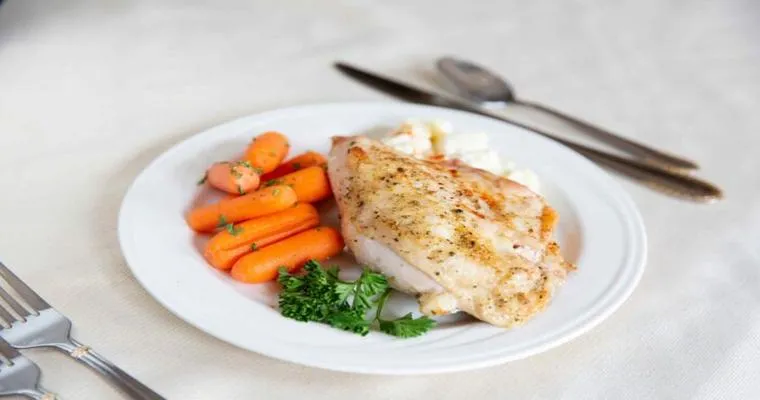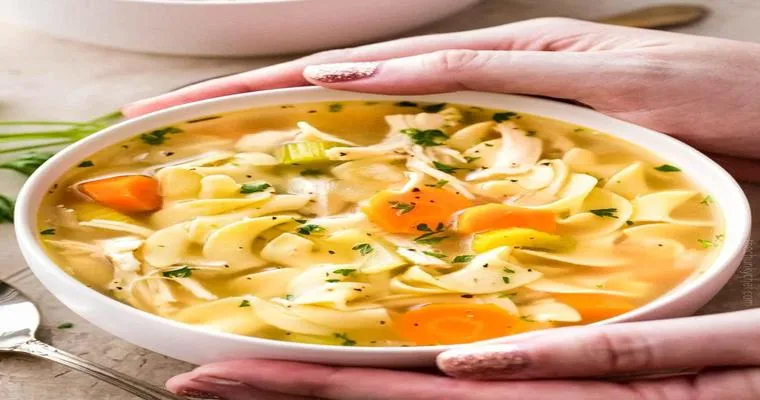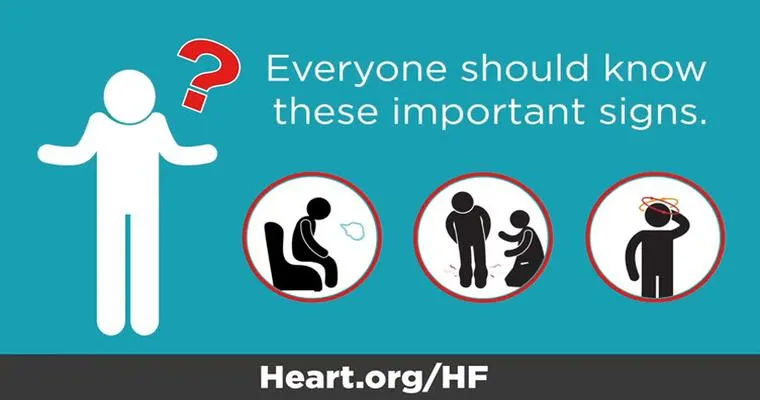As our loved ones age, "nutritional needs" can change significantly. For an "elderly father" with "low blood sodium", it is essential to provide a diet that supports his health while addressing specific requirements. Low sodium levels, known as hyponatremia, can lead to a variety of health issues, including confusion, weakness, and even seizures. Understanding the best food choices can help manage this condition effectively.
Understanding Low Blood Sodium
Low blood sodium occurs when the sodium levels in the bloodstream fall below normal. This can happen for several reasons, including excessive fluid intake, certain medications, or underlying health conditions. Sodium is vital for maintaining fluid balance, nerve function, and muscle contraction. Therefore, it is crucial to monitor sodium levels and adjust dietary habits accordingly.
Best Food Choices for Low Blood Sodium
When considering food for an elderly father with low blood sodium, focus on options that are rich in "sodium" but also provide essential nutrients. Here are some ideal food choices:
1. "Soups and Broths": Many soups and broths can be rich in sodium. Opt for low-sodium varieties to ensure a flavorful yet healthy option. Homemade soups can be customized to include more salt as needed.
2. "Cured Meats": Foods such as ham, bacon, and salami are naturally high in sodium. Incorporate these into meals sparingly to enhance flavors without overwhelming the diet.
3. "Cheese": Many types of cheese, such as feta and blue cheese, are excellent sources of sodium. Including cheese in salads, sandwiches, or snacks can be a tasty way to increase sodium intake.
4. "Pickled Foods": Pickled vegetables and olives are not only flavorful but also contain a significant amount of sodium. These can be great additions to meals or served as side dishes.
5. "Salted Nuts": Nuts that have been roasted and salted can provide a crunchy snack option while boosting sodium levels. They are also a good source of healthy fats.
6. "Seafood": Certain types of seafood, such as shrimp and sardines, are naturally higher in sodium. These can be included in main dishes or salads for added flavor and nutrition.
Additional Tips for Managing Low Blood Sodium
In addition to incorporating sodium-rich foods into the diet, there are other strategies to consider:
"Monitor Fluid Intake": Ensure that fluid intake is balanced. Sometimes, reducing excessive fluid can help maintain sodium levels.
"Consult with a Healthcare Professional": A healthcare provider or a registered dietitian can offer tailored advice and help create a meal plan that meets specific dietary needs.
"Choose Whole Foods": Whenever possible, focus on whole, unprocessed foods to provide essential nutrients without unnecessary additives.
Conclusion
Providing the right food for an elderly father with low blood sodium is vital for maintaining his health and well-being. By incorporating sodium-rich foods and following a balanced diet, it is possible to manage low sodium levels effectively. Always consult with healthcare professionals to ensure that dietary changes align with overall health goals. With the right approach, you can help your father enjoy a flavorful and nutritious diet that supports his needs.





